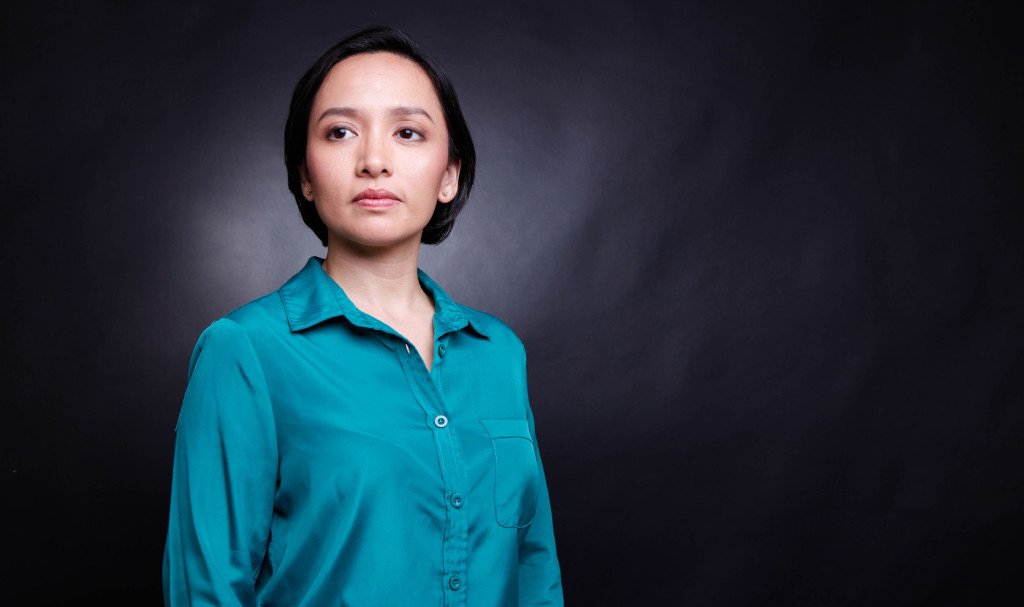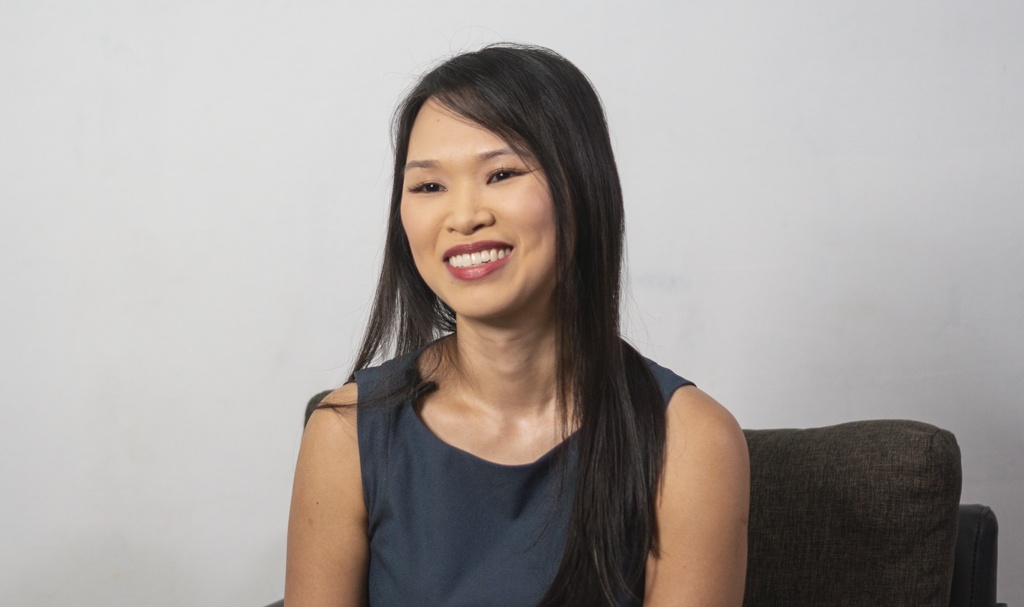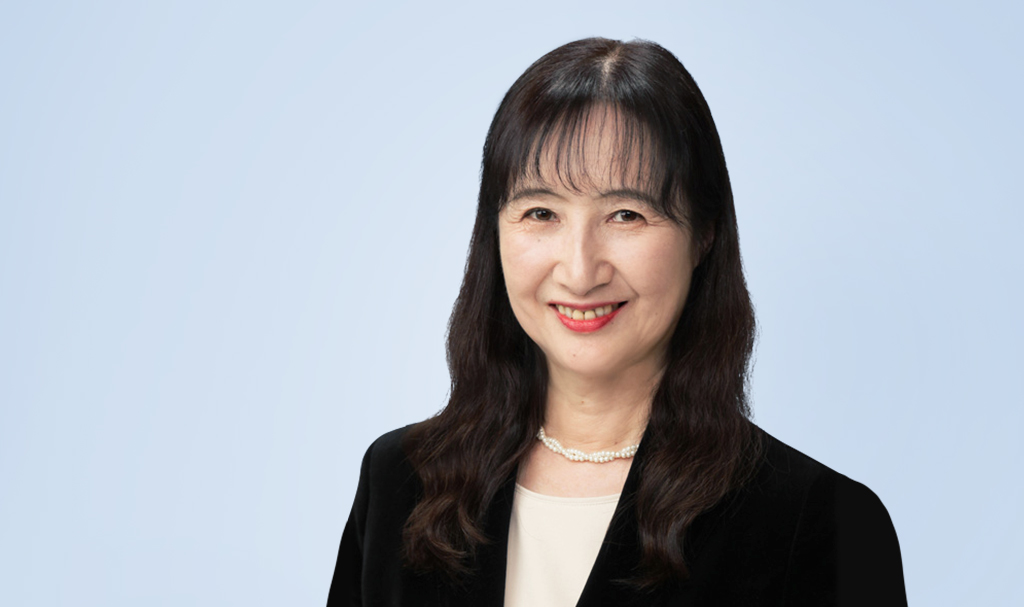[ad_1]
AsianScientist (Mar. 8, 2021) – This International Women’s Day, we celebrate the women who have not let existing inequalities hinder them, but found ways to make outstanding contributions to science and society despite the many challenges. For instance, while women continue to be underrepresented both in the laboratory and at the board room, the COVID-19 pandemic has seen numerous instances of women rising to the occasion and leading national responses.
By excelling in areas from silicon photonics to climate science, researchers across Asia are showing how women can thrive in STEM. In this feature, we celebrate eight excellent women scientists from the region making a difference in their respective fields.
1. Game, set, match

To address the impending climate change crisis, engineers like Associate Professor Kathleen Aviso are turning to game theory—the mathematical study of making decisions. Using game theory, Aviso can map out how interdependent actors like countries and corporations make environmentally sustainable decisions. For her work on sustainable systems, she was recognized as a finalist for the 2016 ASEAN-US Science Prize for Women.
2. Minimum waste, maximum impact

Similar to Aviso in the Philippines, Professor Sharifah Rafidah Wan Alwi from Malaysia is wielding her engineering prowess to achieve more sustainable outcomes. As a process engineer, Wan Alwi helps companies optimize their operations and achieve minimal waste at maximum profit. In doing so, companies can efficiently use their resources—for their benefit and the world’s.
3. Cracking mathematical mysteries

Inspired by the likes of Sherlock Holmes, Dr. Khongorzul Dorjgotovsought out the subject she thought could solve her childhood mysteries: mathematics. Today, Dorjgotov uses fractional calculus and mathematical modeling to solve practical problems in her native Mongolia. For her efforts, she was recently recognized as one of the 2021 winners of the OWSD-Elsevier Foundation Awards for Early Career Women Scientists in the Developing World.
4. Busting cancer with bandages

After seeing her father suffer from cancer as a child, Dr. Imalka Munaweera from Sri Lanka bucked calls to study business to pursue science instead. Now an expert in nanotechnology, Munaweera developed a radioactive bandage that allows doctors to target skin cancer tumors using magnetic nanoparticles. Like Dorjgotov, she was recently recognized at the 2021 OWSD-Elsevier Foundation Awards for Early Career Women Scientists in the Developing World.
5. Unlocking the wonders of warp speed

In Singapore, Associate Professor Dawn Tan is harnessing the speed of light to make the already speedy transmission of data in computer chips even faster. An expert in silicon photonics—a field that marries the study of electronics and light particles—Tan and her Photonic Devices and Systems Group are creating light-based technologies that can transmit information farther and even more efficiently.
6. The lady behind the lights

Professor Vivian Yam from Hong Kong is literally lighting up the world in her mission to find safer and more efficient ways to produce artificial light. Specifically, she studies photoactive materials—compounds that can absorb and emit light—to improve energy-efficient lighting systems. For her pioneering work in photochemistry, Yam made history as the youngest member of the Chinese Academy of Sciences in 2001.
7. Challenging the status quo

In 1979, Dr. Miyoko Watanabe broke new ground as the first female researcher hired by Toshiba’s R&D Center. Four decades later, Watanabe is now the deputy executive director of the Japan Science and Technology Agency (JST), where she also serves as director of JST’s Office for Diversity and Inclusion. Today, she continues to champion gender equality through initiatives like the Brilliant Female Researchers Award (Jun Ashida Award) and annual symposiums.
8. Finding the right target

Tackling cancer is often a tricky affair. As they divide rapidly and spread easily throughout the body, scientists must find new ways to stop cancer in its tracks. Associate Professor Varisa Pongrakhananon from Thailand is doing so by studying microtubules, the parts of the cell that help it move and divide. By distinguishing the microtubules of cancerous cells from their normal counterparts, Pongrakhananon is helping develop drugs that can better target cancer.
———
Copyright: Asian Scientist Magazine; Photo: Freepik.
Disclaimer: This article does not necessarily reflect the views of AsianScientist or its staff.
[ad_2]
Source link